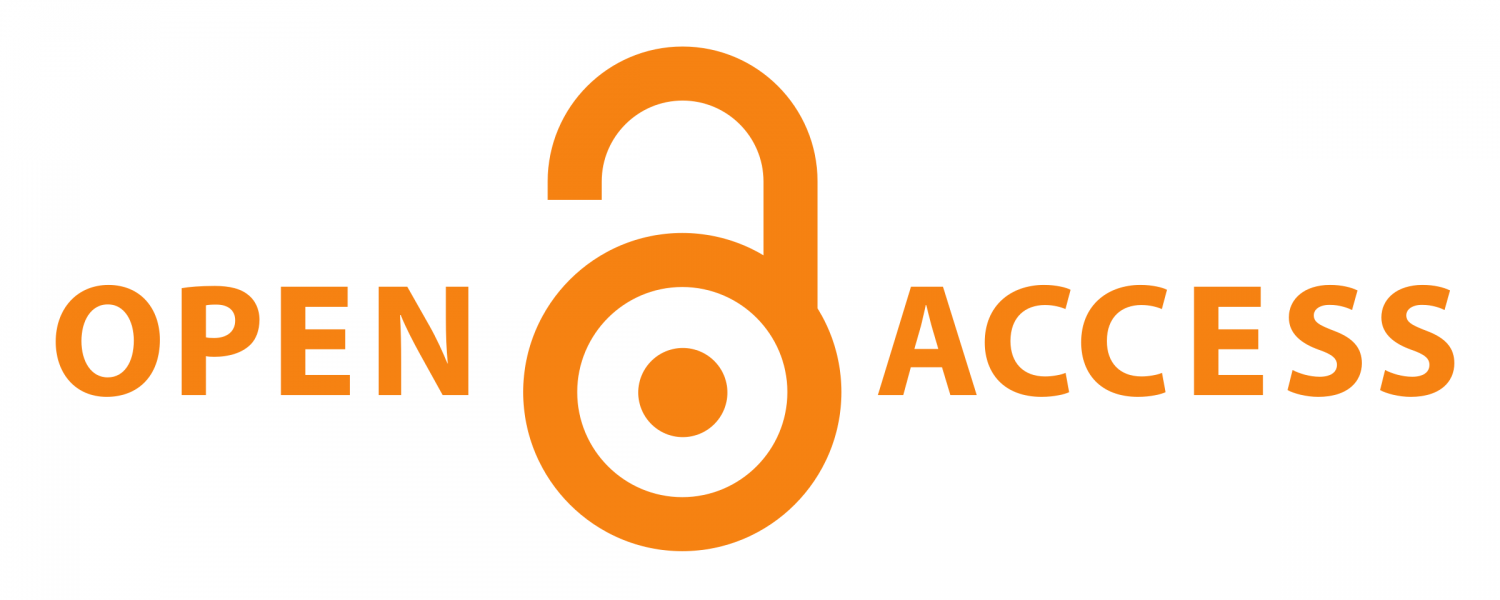Is Cross-Cultural Communication Influenced by Users' Cultural Identity? A Study on The Overseas Communication of "Wukong" Image
跨文化传播是否受用户的文化认同心理影响?“悟空”形象的海外传播研究
DOI:
https://doi.org/10.20961/mandarinable.v2i2.887Keywords:
Schema, Cross-Cultural Research, Cultural Communication, WukongAbstract
Black Myth-Wukong is an electronic game adapted from the Chinese novel Journey to the West. The game exhibits distinct cross-cultural characteristics in its dissemination process. We believe that individual schema differences can influence users’ cross-cultural acceptance behaviors. Utilizing comment data collected from the internet, we conducted a programmatic grounded approach to study and process the data. Our research revealed that users’ schema differences can lead to individuals developing different cultural psychologies, including cultural identification, cultural resonance, and so on. These cultural psychologies may ultimately impact the cross-cultural dissemination of artistic works.
References
Bodner, G. M. (1986). Constructivism: A theory of knowledge. Journal of Chemical Education, 63(10), 873. doi: 10.1021/ed063p873
Cacioppo, J. T., & Petty, R. E. (1984). THE ELABORATION LIKELIHOOD MODEL OF PERSUASION. Advances in Consumer Research, 19(4), 123-205
Dasen, P. (1984). The Cross-Cultural Study of Intelligence: Piaget and the Baoule
Dasen, & P., R. (1972). Cross-Cultural Piagetian Research: A Summary. Journal of Cross-Cultural Psychology, 3(1), N/A
Fischer, K. W., & Bidell, T. R. (2007). Dynamic Development of Action and Thought: Handbook of Child Psychology.
Glaser, B., & Strauss, A. L. (1968). The Discovery of Grounded Theory: Strategy for Qualitative Research. Nursing Research, 17(4), 377-380
Harter, Susan, Monsour, & Ann. (1992). Development analysis of conflict caused by opposing attributes in the adolescent self-portrait. Developmental Psychology, 28(2), 251-260
Inhelder, B., Chipman, H. H., & Zwingmann, C. (1976). Piaget and His School: A Reader in Developmental Psychology. Springer-Verlag
Lu, Y. (2022). Chinese Storytelling in Domestic Animation Films from the Perspective of Cross-Cultural Communication——Take the Movie "Nezha" as an Example: 跨文化传播视角下国产动画电影的中国故事讲法——以电影《哪吒之魔童降世》为例. MANDARINABLE : Journal of Chinese Studies, 1(2), 75-82. doi: 10.20961/mandarinable.v1i2.447
Louren O, O., & Machado, A. (1996). In defense of Piaget"s theory: A reply to 10 common criticisms. Psychological Review, 103(1), 143-164
Norman, K., & Denzin. (2012). Triangulation 2.0. Journal of Mixed Methods Research
Qian, Y. (2022). The Collision of New Media Era and Chinese Culture. MANDARINABLE : Journal of Chinese Studies
Ribaupierre, D., & Anik. (2015). International Encyclopedia of the Social & Behavioral Sciences || Piaget"s Theory of Cognitive Development, 120-124
Rheta, & DeVries. (2000). Vygotsky, Piaget, and Education: a reciprocal assimilation of theories and educational practices. New Ideas in Psychology
Sedmak, M., & Zadel, M. (2015). (Mixed) cultural identities: Construction and deconstruction
Spelke, E. S. (1991). Physical Knowledge in Infancy: Reflections on Piaget's Theory. Epigenesis of Mind Essays on Biology & Cognition
Tajfel, H. (1982). Social Psychology of Intergroup Relations. Annual Review of Psychology
WANG, Y. (2022). Analysis of the Dilemma of Overseas Cross-cultural Communication of Chinese Animation Movies and the Strategy of Cross-cultural Communication in the New Media Environment: “Nezha: Birth of Demon” as An Example: 中国动画电影海外跨文化传播困境与新媒体环境下跨文化传播策略探析 ——以《哪吒之魔童降世》为例. MANDARINABLE : Journal of Chinese Studies, 1(1), 30-36. doi: 10.20961/mandarinable.v1i1.329
Downloads
Published
Issue
Section
License
Copyright (c) 2023 Liu Xian, Chen Rui

This work is licensed under a Creative Commons Attribution 4.0 International License.
This is an open-access journal in accordance with the Creative Commons Attribution 4.0 International (CC BY 4.0) license. This permits users to:
Share — copy and redistribute the material in any medium or format
Adapt — remix, transform, and build upon the material
for any purpose, even commercially.
Under the following terms:
Attribution — You must give appropriate credit, provide a link to the license, and indicate if changes were made. You may do so in any reasonable manner, but not in any way that suggests the licensor endorses you or your use.
No additional restrictions — You may not apply legal terms or technological measures that legally restrict others from doing anything the license permits.












